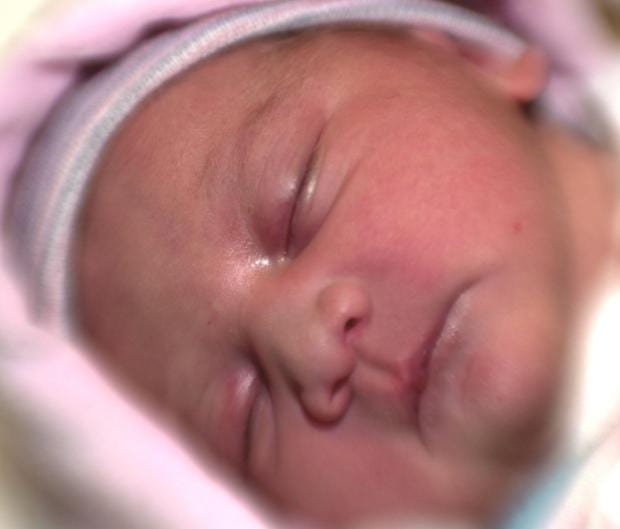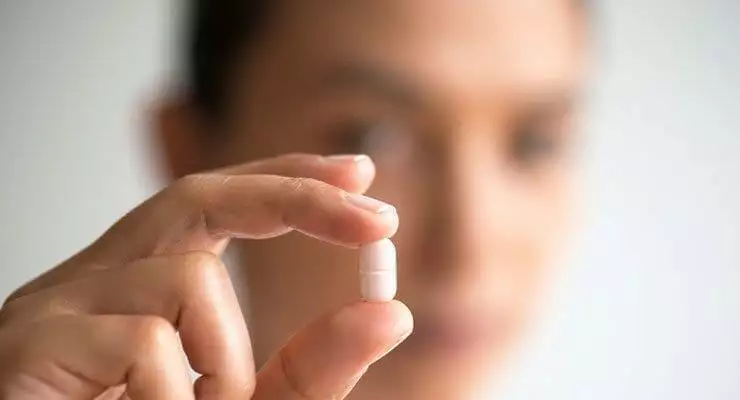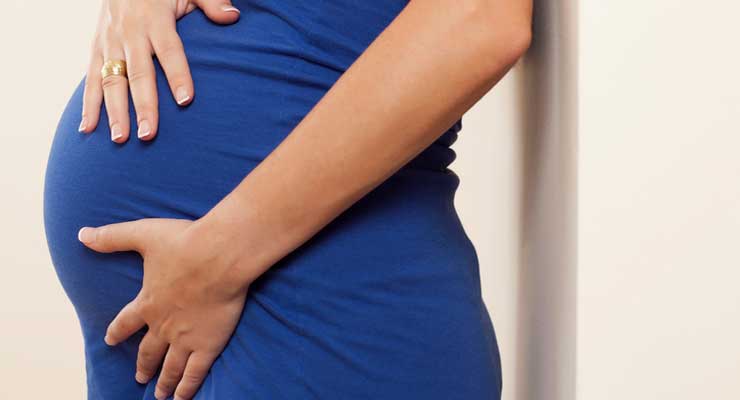There are three main developmental stages of pregnancy: first, second and third trimesters. Many things happen in the development of a fetus. From the moment the fertilization happens through birth, there are different areas of the baby’s anatomy that develop and function in each stage. Knowing what goes on in each stage can help the physicians and the parents in calculating and anticipating the arrival of the baby. Furthermore, using advanced medical technologies, the doctors can determine if the baby is developing normally or not.
First Trimester
Two weeks after conception, the embryo embeds into the uterus and starts to grow at an astounding rate. A week later, the head, traces of the eyes and ears are already distinguishable. The heart begins to beat at 150 times per minute and the blood begins to flow in the baby’s veins. By Weeks 4 to 5, all of the baby’s major organs, such as the brain, muscles and pituitary glands, are forming. The baby’s lips and tongue are visible.
In the next 10 days, the skeleton will start to form and the brain will start to coordinate the muscles and organs. By 2 months, the baby exhibits spontaneous movements. The tooth buds start to form and the baby’s lips become sensitive to touch. The baby will respond to a touch on the cheek and many of her internal organs will begin to function. In the next few days, many organs will be present. The stomach will start producing digestive juices and the liver and kidneys will start to function.
By 10 weeks, she can smile, frown, move her arms, legs, fingers and toes. The baby can even start sucking her thumb. The baby starts to turn her head, opens and closes her mouth. At this stage, the baby also practices her breathing.
Second Trimester
By 12 to 14 weeks, the baby can coordinate movement and is very active. The baby can use her hands for grasping. The baby swims, bounces and somersaults. All movements are graceful. The mother will feel some fluttering in her belly created by the movements. During this time, the baby starts to show facial resemblance to the parents. The sexual organ of the baby also becomes apparent; her vocal cords start to develop and start to function.
During the fifth month, the baby becomes sensitive to sounds of both high and low frequencies that are inaudible to the adults. The baby recognizes the mother’s voice and reacts strongly to pain. The baby starts to develop a sleeping pattern during this period.
Third Trimester
On the seventh month, the baby starts to develop hair on the head, eyebrows and eyelashes. The eyelids start to open and close, and the eyes start to look around. The baby’s grips become stronger.
At 9 months, the baby tries to fit in the tight space of the womb, which becomes increasingly cramped. This situation triggers labor. The baby’s birth occurs between 255 to 275 days, roughly 38 weeks, after conception. Forty-one out of 45 generations of cell divisions that are due before adulthood take place in the womb.
Considerations
Mothers should consider taking all necessary precautions during pregnancy. Eating nutritious foods and avoiding vices during pregnancy can contribute to the well-being of their babies. Mothers should also get regular prenatal checkups in order to ensure that their babies are healthy while in their wombs, during and after delivery.
Warning
Pregnant women should stop drinking alcohol, smoking cigarettes or taking illegal drugs to ensure that their babies will have healthy and normal developments. Fetal deaths, miscarriages and premature deliveries could result from careless pregnancies. Even if the babies make it through after delivery, they will be sickly as young children and, possibly, until they grow older.





